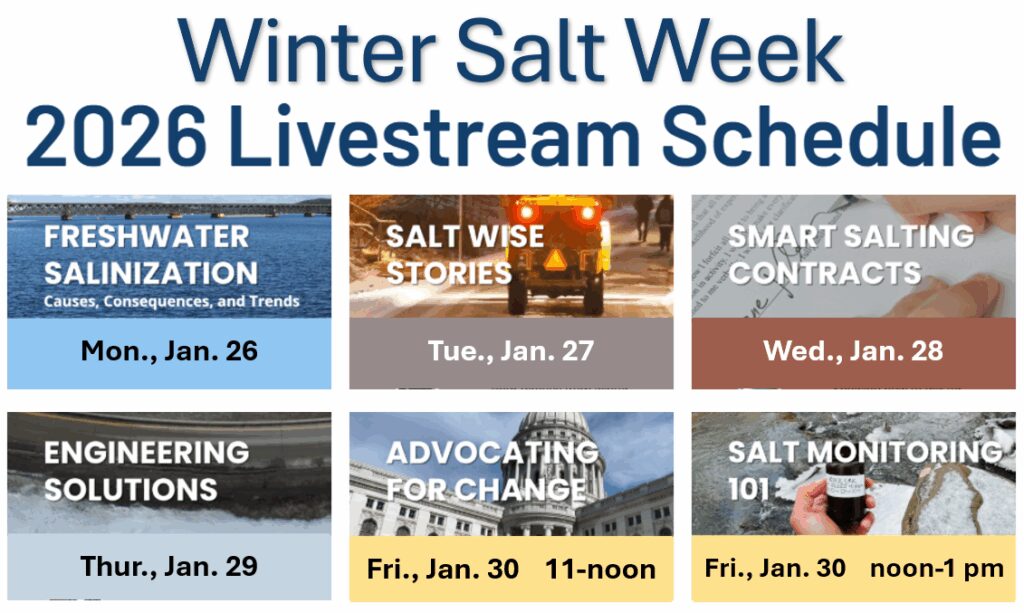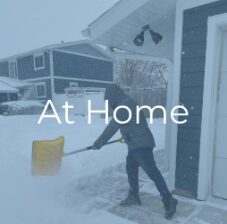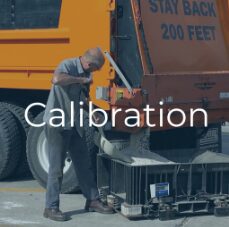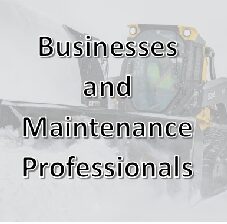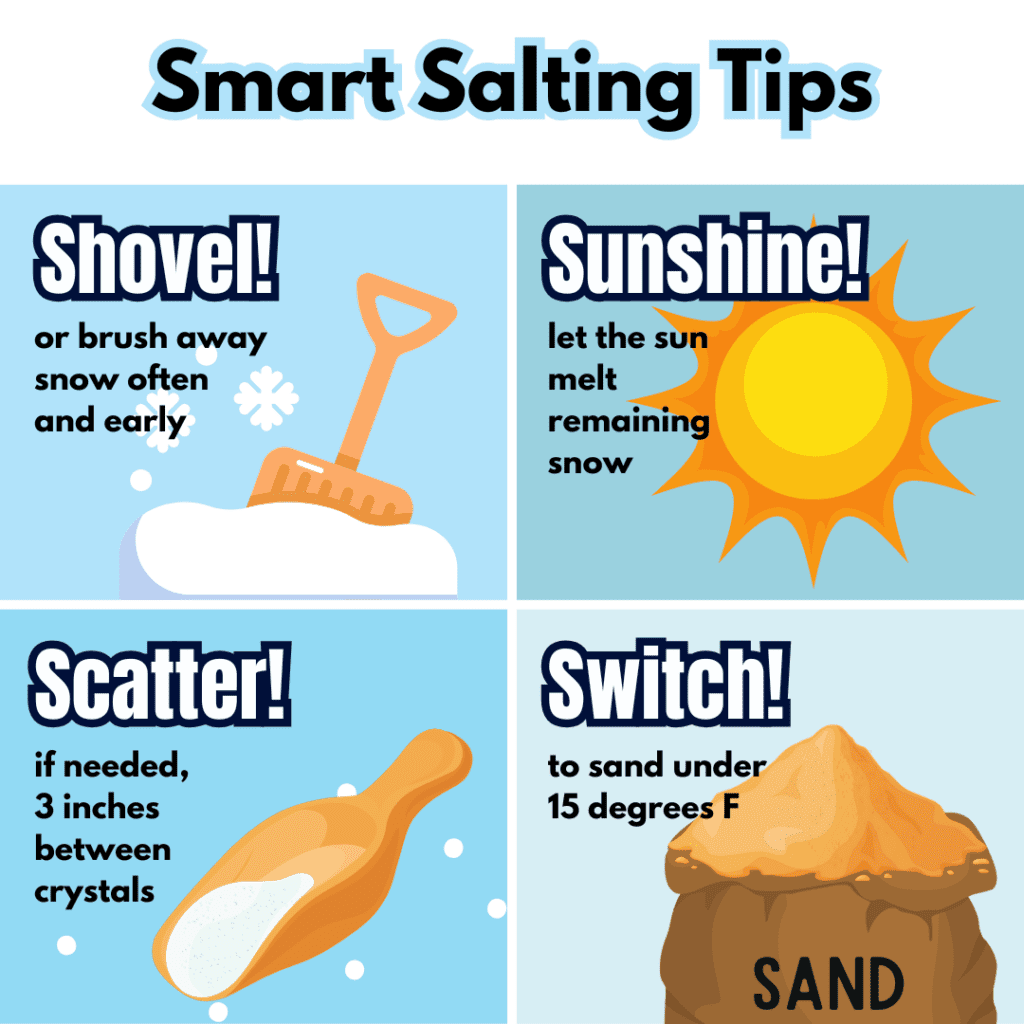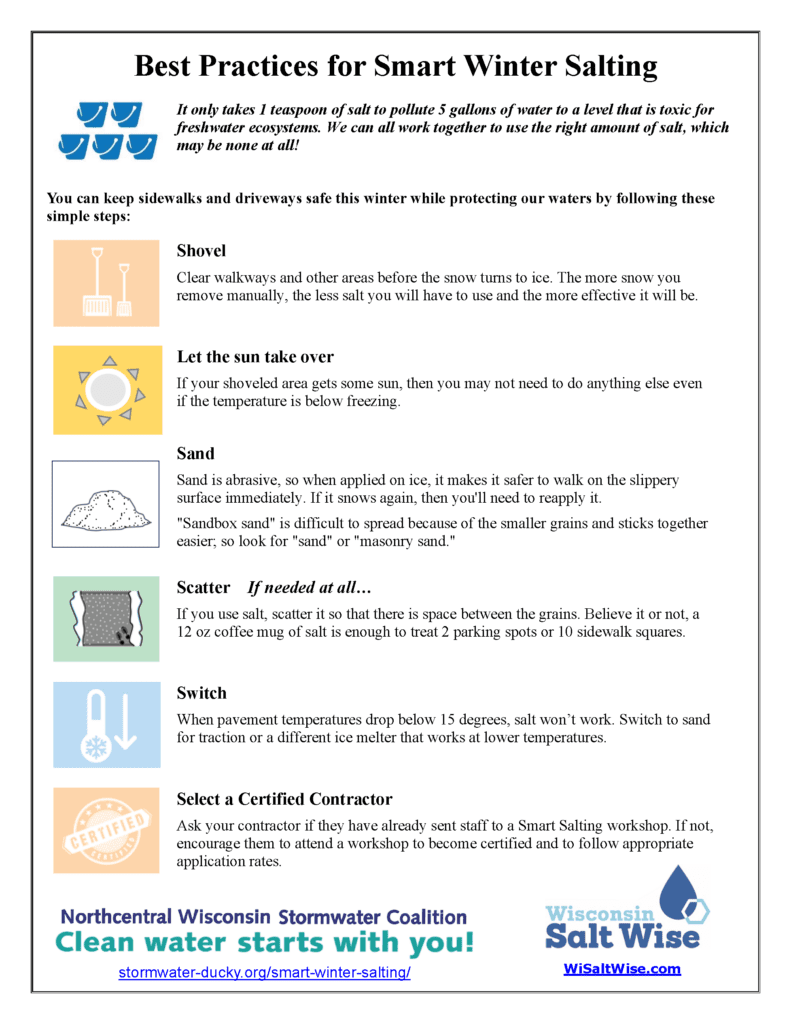What is stormwater runoff?
Click HERE to find out!
Stormwater runoff is rain and melting snow that flows off building rooftops, driveways, lawns, streets, farm fields, feedlots, parking lots, construction sites, and industrial storage yards. Developed areas are covered by buildings and pavement which do not allow water to soak into the ground. Storm sewers are used to collect large amounts of runoff from streets and parking lots. But where does this water go?
Farm fields are also designed to move water into rivers and streams, so that standing water doesn’t suffocate plant’s root zone. These streams and rivers act like the storm sewers in urban areas.
Learn more about agricultural stormwater runoff.
Why is stormwater runoff a problem?
Click HERE to find out!
.***********************************
Winter Salt Week is dedicated to raising awareness around salt pollution and reduction solutions.
.
We rely on salt to keep our roads safe in the winter and to soften water in our homes year-round but using more salt than is needed comes with a heavy price.
.
It only takes 1 teaspoon of salt to pollute 5 gallons of water to a level that is toxic for freshwater ecosystems. We can all work together to promote best practices!
*************************************
.
.
*************************************
.
Green Infrastructure Strategies:
These strategies prevent polluted stormwater runoff from reaching our waterways by managing water better when it rains and snows.
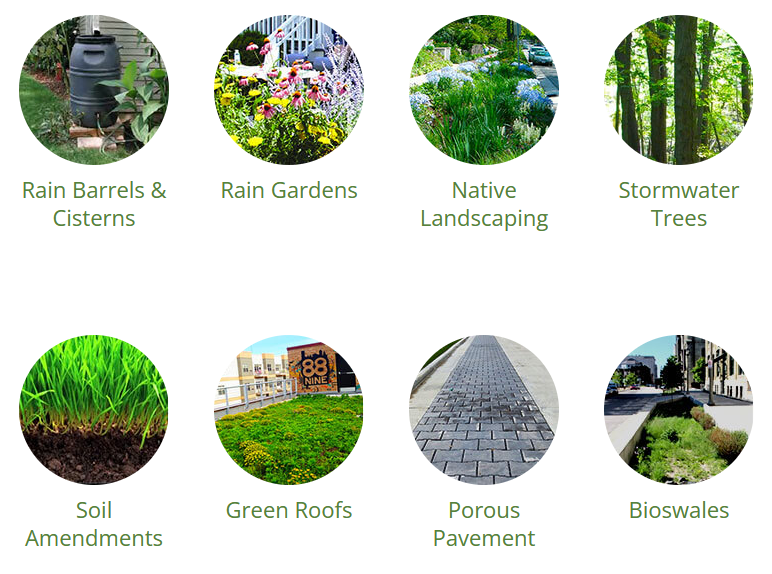
.
.
Smart Winter Salting
We rely on salt to keep our roads safe in the winter and to soften water in our homes year-round but using more salt than is needed comes with a heavy price. In Wisconsin and much of the United States, chloride from salt is infiltrating into our lakes, streams and groundwater. Learn more about how you can make a difference.
***************************
Member Communities:
City of Baraboo
City of Mosinee
City of Wausau
Village of Rib Mountain
UW-Stevens Point
City of Marshfield
City of Schofield
City of Wisconsin Rapids
Village of Rothschild
Marathon County
City of Merrill
City of Stevens Point
Village of Kronenwetter
Village of Weston
MISSION:
The Northcentral Wisconsin Stormwater Coalition coordinates and collaborates on education and outreach activities, and recommends policy and operational changes for cooperating local governments in order to comply with regulations and reduce stormwater pollution in a cost effective manner so that residents of Central Wisconsin benefit from lakes and streams that remain swimmable and fishable.


